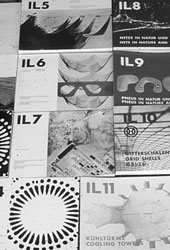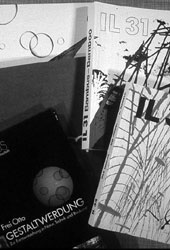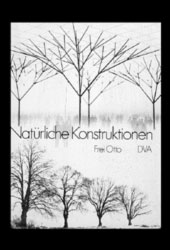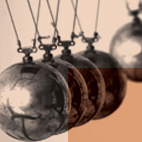|
Symbiosis in architecture
In 1961 Frei Otto and Gerhard Helmcke, Full Professor of Biology and Anthropology at Berlin Technical University and head of the Institute for Caries Research and Microbiology at the Max Planck Institute, founded the Biology and Construction Research Group. From 1964 the group's work was continued in Stuttgart. Biologists, architects and engineers worked together to try to understand and overcome one of the fundamental conflicts between nature and engineering: humans destroy nature with the buildings they construct in order to protect themselves from the forces of nature. The key solution to the problem that the lightweight structural engineers proposed was "Natural constructions" that allowed buildings to form a harmonious biotope with nature.
"Biology is a natural science. It observes and analyses nature. Growth outlooks and plans are alien to biology. Architecture is synthesis, is planning, is presumptions about the future. ... The architect needs the biologist, who studies today's situation with the afore-mentioned methods and is able provide direct and tangible assistance. It is a matter of providing the best-possible environment for humankind. The fundamental task of all architecture is first and foremost human and biological in nature; the technical aspect is only secondary."
In 1970 the German Research Foundation's (DFG) Collaborative Research Centre 64 was founded, entitled "Materials research and research in structural engineering", which was then renamed "Wide-spanned two-dimensional structures" in 1973. More than 50 staff from the fields of mathematics, civil engineering, architecture, geodesy, aeronautic and astronautic engineering, and psychology were employed in this project headed by Frei Otto. The focus of research was on "all those structures that enclose spaces or spans with very low material requirements". These included lightweight vault structures, lattice shell structures, nets, tents and self-supporting membranes, which could be used in aviation, space travel, seafaring, mechanical engineering, power engineering, and telecommunications. "Wide-spanned two-dimensional structures are a cutting-edge field in civil engineering. The objective is to push back the frontiers of the field, not so much by extending effective spans but more by increasing material and economic effectiveness."
Just like nature itself, research also undergoes phases of development. Since 1985 Collaborative Research Centre 230, entitled "Natural Structures", had been conducting research at the Institute for Lightweight Two-Dimensional Structures, and Frei Otto and his colleagues used the constructions they devised to interpret nature.
"The shapes of material objects are created by formative processes. Forms arise in all areas of nature: in non-living nature, in living nature, in techniques employed by animals and humans alike, and in art. All material objects, both natural and man-made, have a form and consist of composite parts, thus making them structures themselves. Nature's objects are natural structures. They are created by processes of self-formation. Humans can both stimulate natural processes and create objects artificially."
  
|
 |
|
